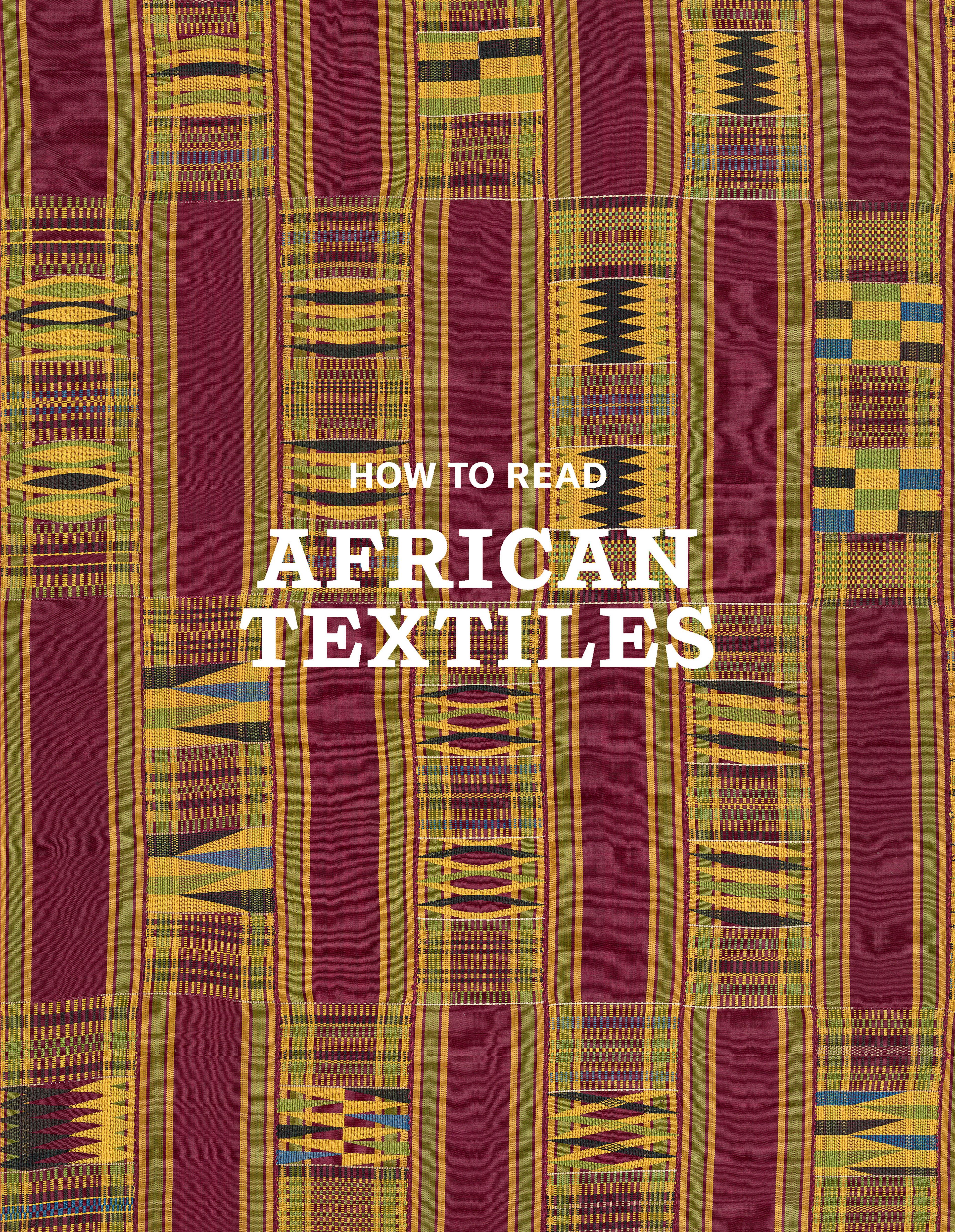Kpoikpoi (prestige hanging)
Together with Ghana’s kente cloths and the Fulani weavings of the Niger Bend, Sierra Leone’s kpoikpoi prestige hangings are among the most spectacular creations of West African master weavers. The imposing thirteen-foot-long example, produced on a tripod loom by highly specialized Vai or Mende weavers, constitutes an epic statement of pictorial sophistication and technical skill. It was built from a series of rectangular blocks filled with alternating geometric motifs—stripes, checkerboard patterns, and triangles in shades of blue, white, pink and brown—thoughtfully arranged into a vibrant, balanced composition. The proportions and ordering of the four different pattern blocks had to be carefully calculated during weaving in order to create evenly matched lengths. The weft-faced bands were then cut at the appropriate places and reunited into the dynamic, strikingly graphic mosaic seen here. A luxury commodity, grand textiles like this one were traded by Manding merchants and were used as wall hangings, unfurled to mark special events. They could also be used as dowries, burial wrappings for notables, or payments for court fines.
Artwork Details
- Title:Kpoikpoi (prestige hanging)
- Artist:Mende or Vai artist
- Date:early 20th century
- Geography:Sierra Leone
- Culture:Mende or Vai peoples
- Medium:Cotton, dye
- Dimensions:H. 63 in. × W. 13 ft. 2 in. (160 × 401.3 cm)
- Classification:Textiles-Woven
- Credit Line:Purchase, William B. Goldstein and Holly and David Ross Gifts, 2013
- Object Number:2013.986
- Curatorial Department: The Michael C. Rockefeller Wing
More Artwork
Research Resources
The Met provides unparalleled resources for research and welcomes an international community of students and scholars. The Met's Open Access API is where creators and researchers can connect to the The Met collection. Open Access data and public domain images are available for unrestricted commercial and noncommercial use without permission or fee.
To request images under copyright and other restrictions, please use this Image Request form.
Feedback
We continue to research and examine historical and cultural context for objects in The Met collection. If you have comments or questions about this object record, please contact us using the form below. The Museum looks forward to receiving your comments.
